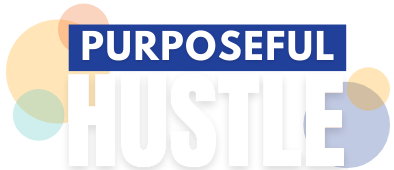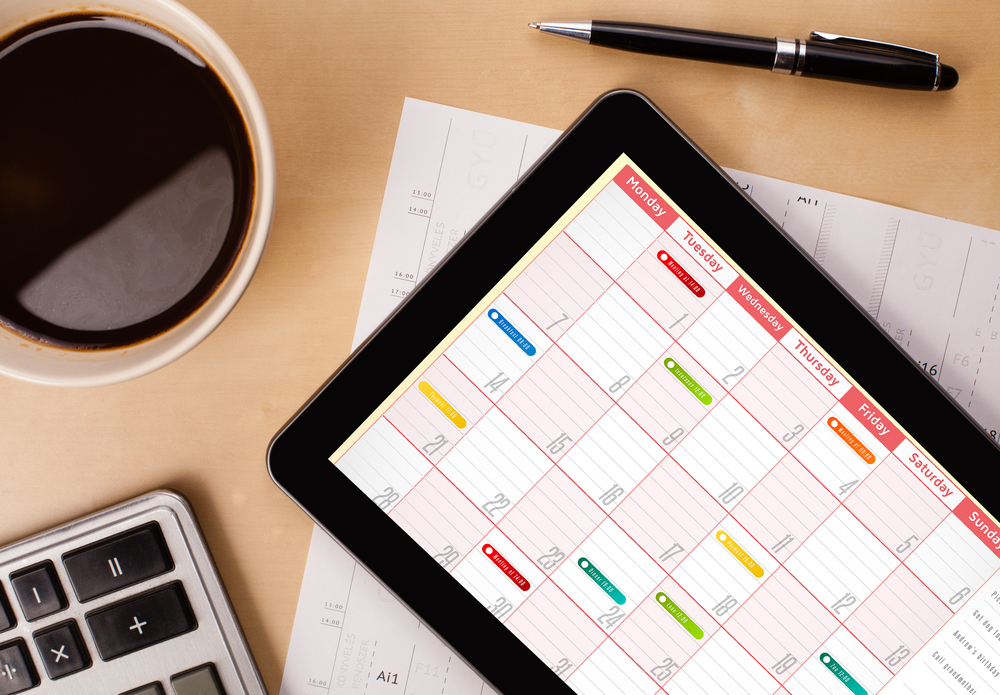In our fast-paced and modern world, many of us are forced to juggle various activities and obligations. We might balance work projects with doctor’s appointments, kids’ soccer games, cooking dinner, and caring for ailing family members. We take business calls during our lunch breaks and squeeze in exercise while the kids are at choir practice. With so much on our plates, how is it possible to focus on purpose, let alone keep it front and center?
I’ll be the first to admit that it can be tough to center your life around purpose, but it is certainly not impossible. With a dash of intentionality and a heap of motivation, you can keep your sights set on your life’s purpose. One of the most effective ways I have found to keep purpose at the forefront of my thoughts and actions is to work it into my calendar.
My Purpose Calendar is multi-layered and includes daily, weekly, quarterly, and annual priorities. Why? Because if you focus on only daily tasks, you’ll likely fail to see the big picture—the grand purpose of your everyday actions and tasks. On the other hand, if you only make big, sweeping plans, you will quickly become overwhelmed and struggle with setting daily or weekly priorities and tasks.
How do I create my Purpose Calendar? Essentially, it boils down to three steps:
1. Annual prep
Before the end of the year, I usually take two or three days to reflect (on both the year past and the year ahead) and make plans. This intentional reflection and strategizing time is a nice way to close out the year, and it helps to focus my energy and provide a jolt of motivation.
During this time, I typically dedicate an entire day to reflecting on purpose and thinking about how I can make a deeper impact in the upcoming year. This is my chance to dream big and reach higher. To me, it is incredibly exciting and motivating!
But I don’t simply stop with idea generation and goal-setting. After I’ve determined which big-picture goals I’d like to achieve in the new year, I strategize on how to achieve them. This frequently involves giving myself a deadline and then working backwards from that deadline. Let’s say one of your big goals for the year is writing and self-publishing an eBook by September. You might lay out a schedule like this (I’ve listed the months chronologically, but it’s a good idea to work backwards from the deadline):
Months 1-2: Research and outline your eBook.
Months 3-4: Write a first draft.
Months 5-6: Get input from others (perhaps a professional editor). Rewrite your eBook.
Months 7-8: Edit and proofread your eBook.
September: Publish!
2. create bite-sized tasks
Your annual prep will help set the stage for the year and give you a bird’s eye view of your goals, but it’s also a good idea to get a little more granular. Two weeks before the end of each quarter, I set aside a day to review what has happened in the last quarter and plan for the next. During my planning, I dissect the months into weeks and break big projects into individual tasks.
When you use this approach, your weekly to-do list is never a mystery. You’ll know what you need to do each week to hit your quarterly goals. However, we all know that life doesn’t run smoothly 100 percent of the time. Cars break down, kids get sick, surprise projects pop up. When you’re planning the quarter ahead, be sure to build in some wiggle room—a week or two where your responsibilities are light or nonexistent (these “light weeks” can always be shuffled around as needed). The bottom line is that life happens, and flexibility is key.
3. build a model schedule with daily prioritiesIt’s healthy to develop a daily routine. For most of us, there are blocks of activities we can count on each day: Waking up, eating breakfast, starting work, exercising, making dinner, having family time. For me, I like to start my day with meditation/prayer and then decide which 1-3 things I want to accomplish that day. These items will become the day’s priorities.
Along with your usual blocks of tasks and activities—your model schedule—I encourage you to build purpose into your everyday to-dos. Even if you only spend five minutes on something purpose-driven (e.g. sending an email or reading a relevant article), that’s progress. The more you can keep your purpose top-of-mind, the more likely you will be to create positive change and make an impact. Add it to your daily checklist, and take it seriously! Otherwise, you risk letting it slip through the cracks.
--
Keep in mind, this calendaring system is not flawless! You’ll have days, or even weeks, when things won’t go as planned. That’s okay! Those unexpected setbacks are part of life, and they can’t defeat you unless you let them. Simply re-strategize, create a new plan for the rest of the week/quarter/year, and move on. Use your Purpose Calendar as a guide, let it motivate you, and be kind to yourself if you occasionally fall short. True Purposeful Hustlers pick themselves up and try again.
Find more details on creating a Purpose Calendar in my book, Purposeful Hustle.








Leave a Comment